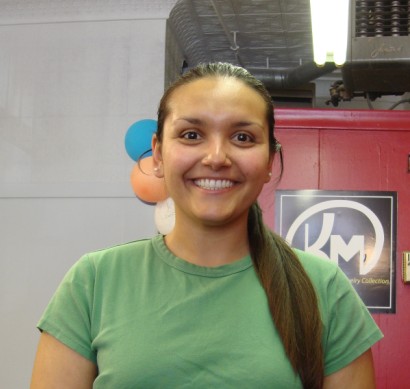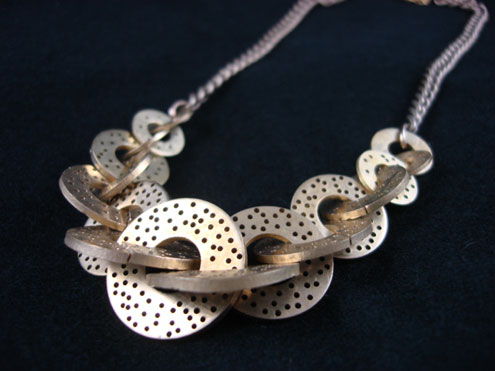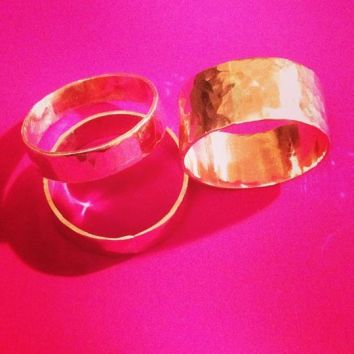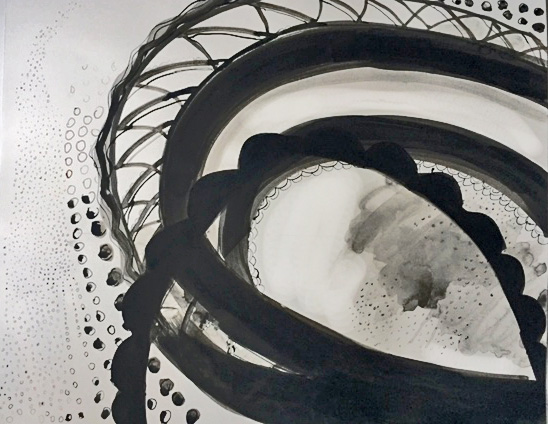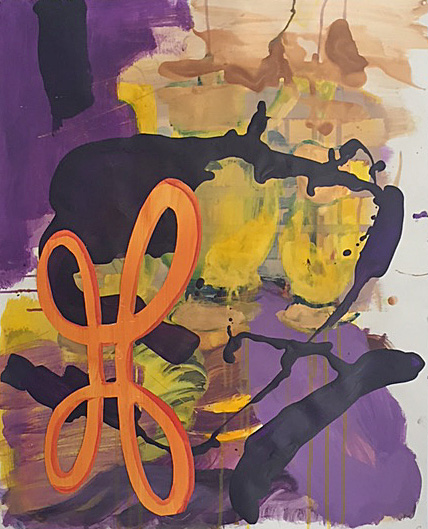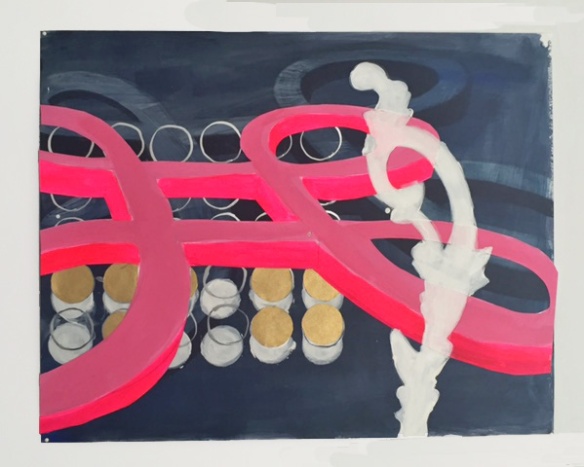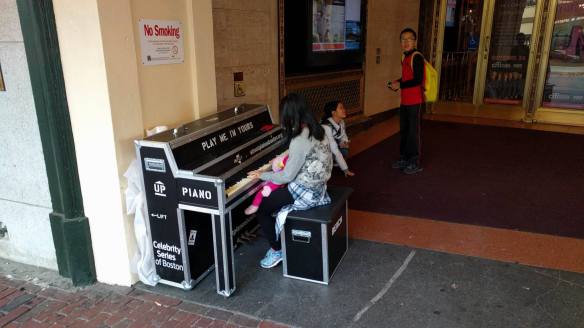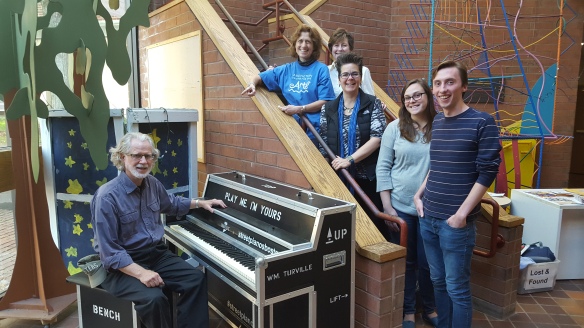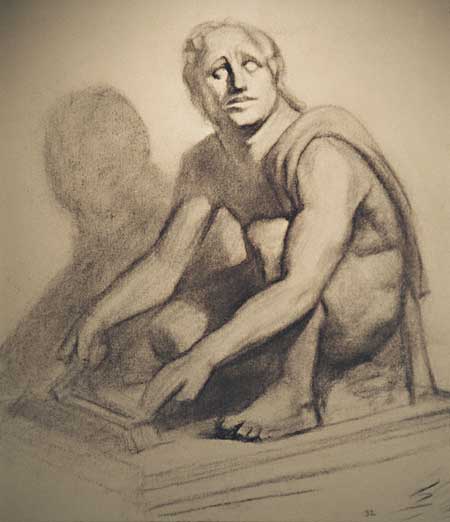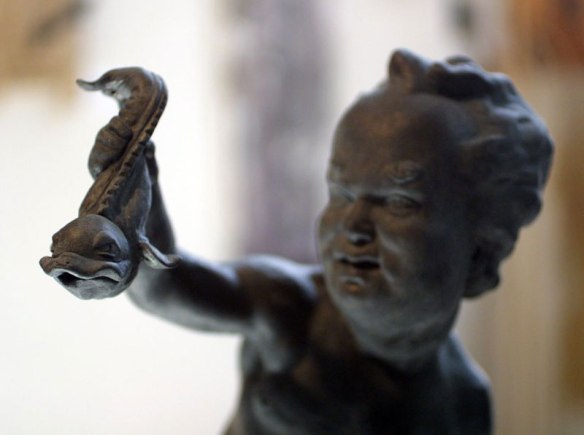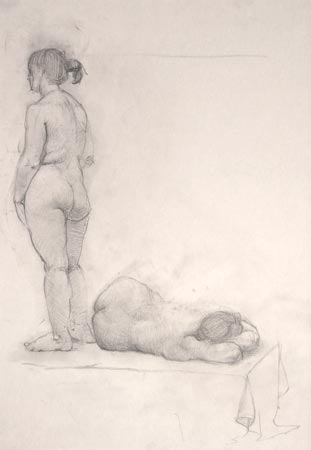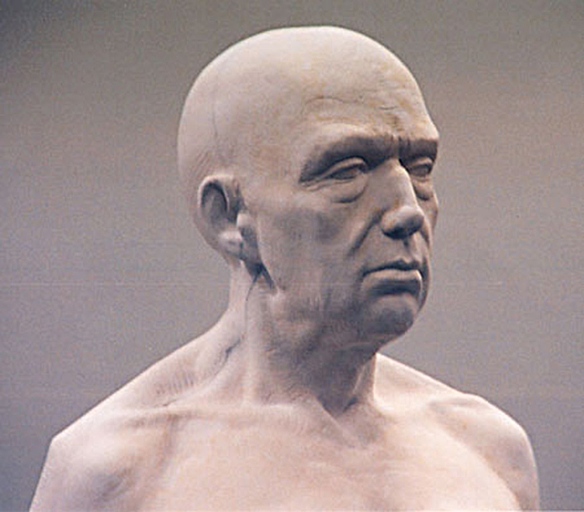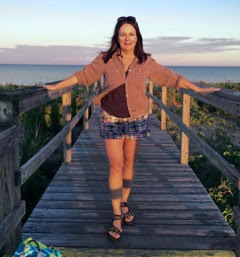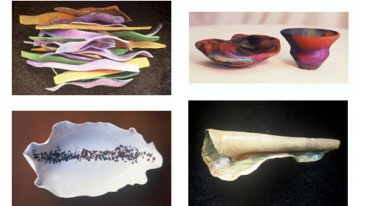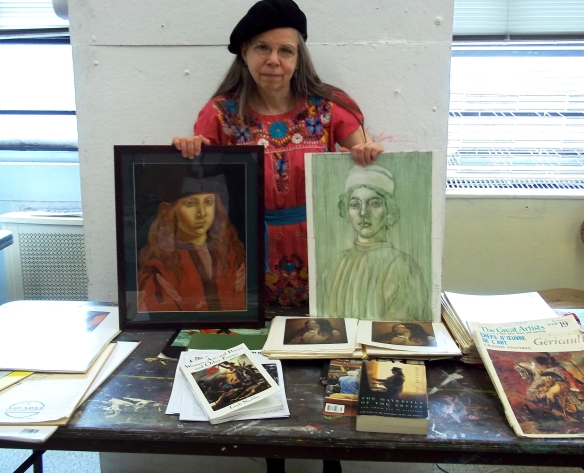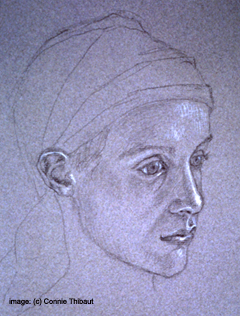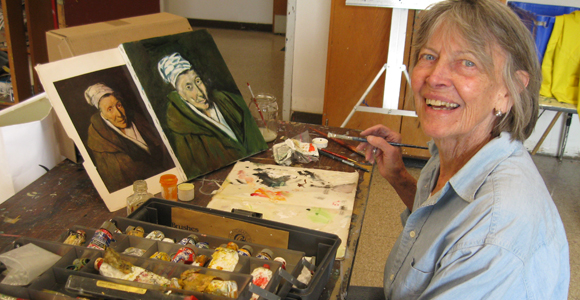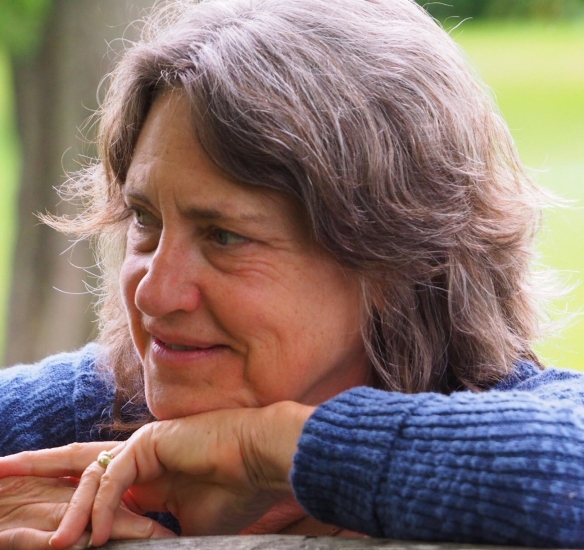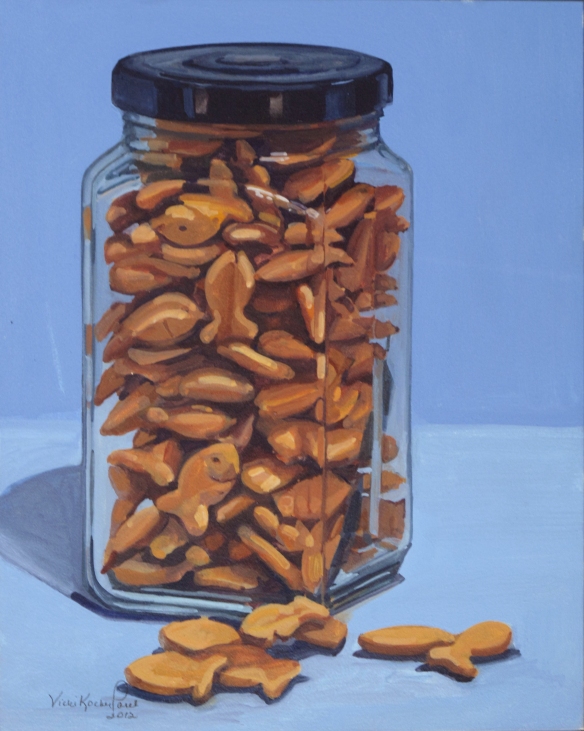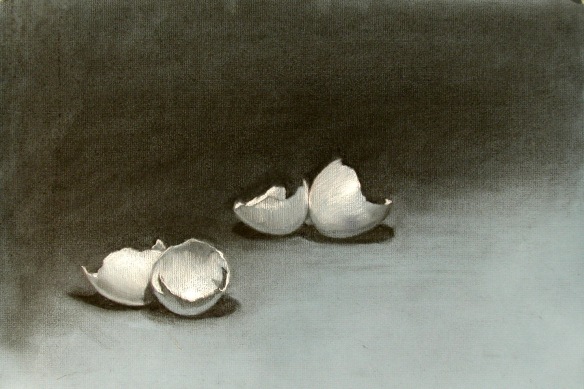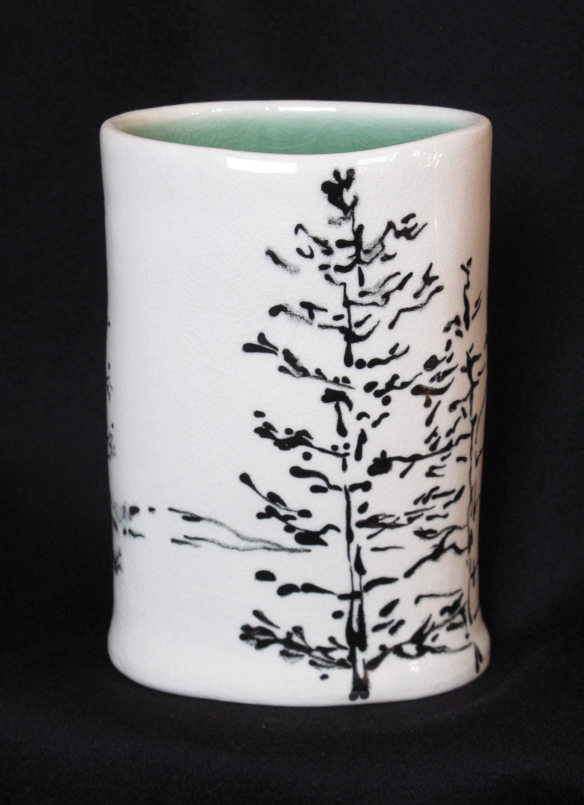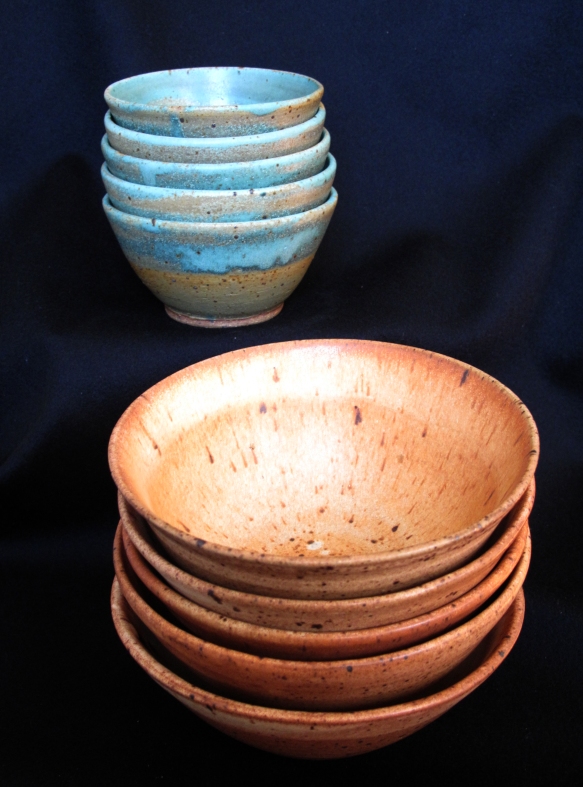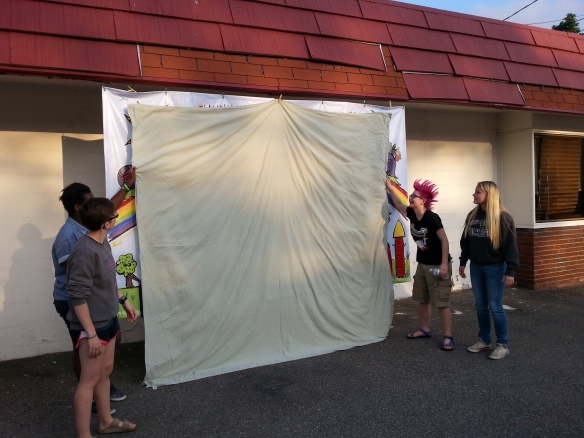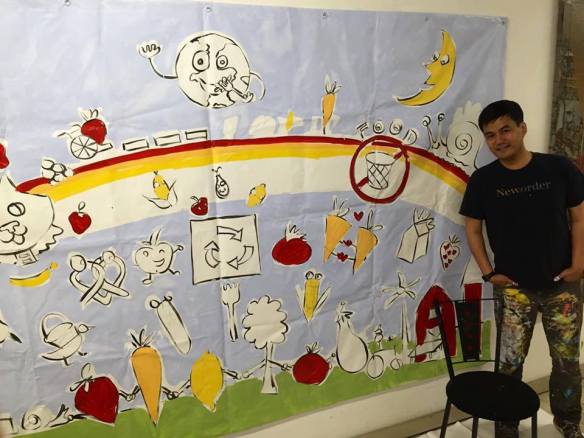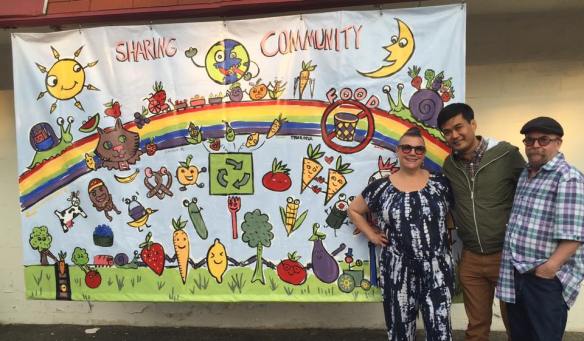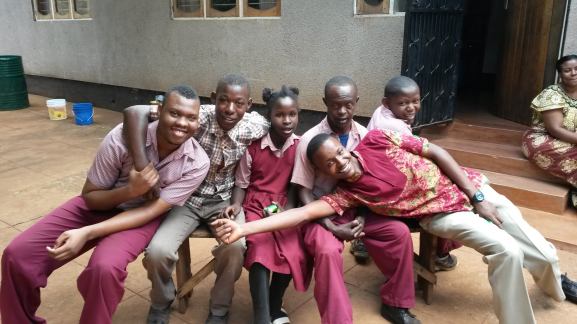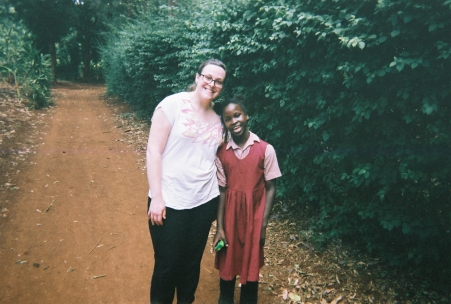“I love that Shibori is accessible, with a low threshold of skill or experience to make something that you can be excited by, but also very deep, with a multitude of variables to explore.”
So says Cha O’Connell, one of ACA’s inspiring art teachers and our Shibori instructor extraordinaire. Shibori, the elegant forbearer to psychedelic tie-dye, is a Japanese resist dyeing technique that is simple enough to do in your backyard but vast with possibility. Cha, who has been teaching a variety of classes and workshops at ACA (including calligraphy, paper arts, Shibori & more), is especially excited to be teaching two creative Sibori workshops this winter. The first, which will take place on March 17 and is currently full, will give students an introduction to the fundamentals of this unique resist dyeing technique.
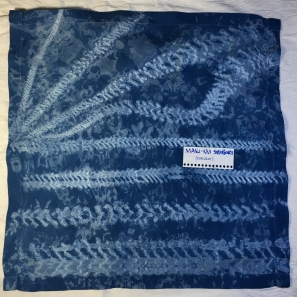
Maki Nui Shibori
The second, entitled Shibori 2: Nui Stitch Resist Techniques, will take place on Saturday, March 24 and is still currently available for registration. A creative workshop for those looking to take their Shibori craft to the next level, “Shibori 2” will give students the opportunity to learn various stitch resist techniques known as shibori nui. No prior experience is necessary for this workshop in which students will create distinctive and elegant designs with indigo dye.
Below read our Q&A with Cha to learn more about these fun & creative workshops and the unique properties of Shibori and Nui Shibori.
- How long have you been working in Shibori? What attracted you to this interesting resist dyeing technique?
Shibori is a practice with a long history, and there are Shibori artisans who have trained, studied and mastered the art, dedicating their entire lives to creating beautiful fabrics. I come from the other side – a professional dabbler, I love to figure things out on my own, often simplifying traditional methods to use readily available household supplies. I did a lot of research and experimenting in preparation for leading my first workshop, and learn more every time I set out to bind and dye something.
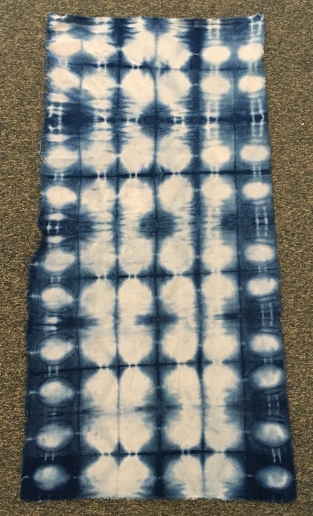
Itajime Oval
I’m drawn to the organic fluidity and repetitive geometry of shaped resist dyeing. There are so many ways to manipulate the fabric to create specific outcomes, but once you go to the dye vat, you lose some of the control, which is sometimes a nice thing to let go of. Every single piece is unique and impossible to replicate. I love that Shibori is accessible, with a low threshold of skill or experience to make something that you can be excited by, but also very deep, with a multitude of variables to explore.
- What do you think makes Shibori so unique? What can students expect to get out of learning this technique?
I always go back to the interplay of flowing, organic forms resulting from the dye seeping into the bound & compressed hunk of fabric, overlaid on the regular arrays of lines and shapes created by the folded structure of the piece. Most other resist dyeing techniques involve applying the resist to a flat piece of fabric, so you have a very straightforward means of dictating the pattern. Shibori brings the fabric into the third dimension, which obscures the actual dying process from the creator. I hope that my students gain a respect and love for the dual nature of Shibori – the planning and expectation of the folding/binding/stitching, and then the unknown mystery of the dye vat.
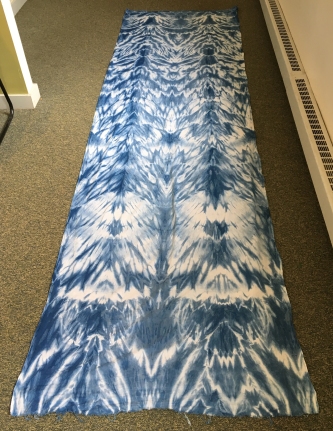
Arashi Pleated
- What are some of the Nui Shibori techniques students will learn? What kinds of projects will they create?
In the Nui Shibori workshop students will work on cotton dinner-napkins to learn five different stitched techniques. Ori-Nui and Maki-Nui are methods that result in linear designs. Mokume and Karamatsu use running stitch to make beautiful wood-like effects, and Kanoko involves plucking and binding fabric to create dots. Students have a sixth napkin as a “free-for-all” piece to experiment with blending different techniques or simply revisit one that they liked. I also invite all my students to bring in any fabric or clothing that they want to dye using Shibori methods.
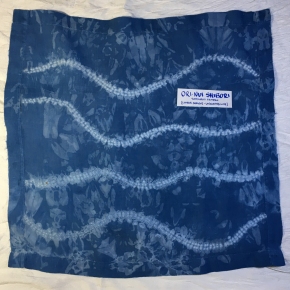
Ori Nui Shibori
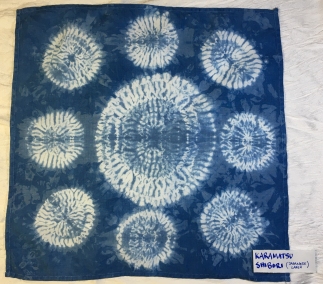
Karamatsu Shibori
- What are you most looking forward to about these two workshops? What is your hope for your students/what they will take away from these workshops?
I love it when my students unbind their fabric. It’s a really exciting, magical moment, to see the unfolding of their pieces and the expressions on their faces. Creating can be fraught with all sorts of emotions. A lot of people are very nervous when it comes to creating things, which can undermine themselves and their work – a large part of teaching is helping people get past that. The Shibori workshops are just awesome, feel-good afternoons for all involved. Everybody gets to take home at least 6 beautiful pieces of art that they made, as well as the know-how and confidence to explore Shibori further on their own.
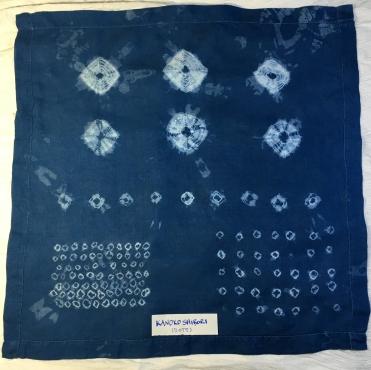
Kanoko Shibori
For more info about Shibori 2: Nui Stitch Resist Techniques and/or to register, follow the link. For more info about ACA’s winter art classes & workshops, please visit: www.acarts.org/current-catalog

